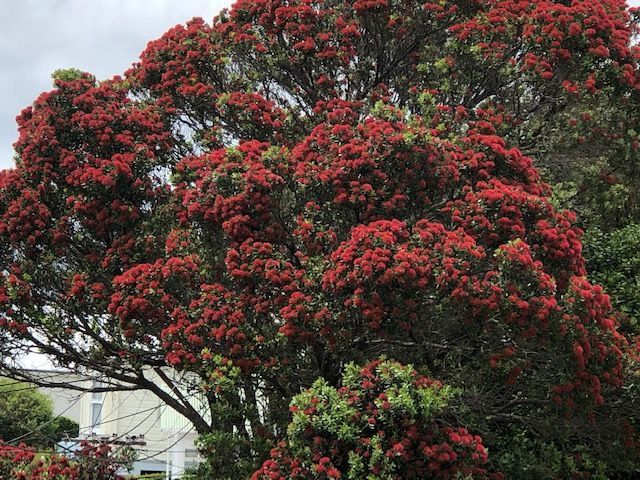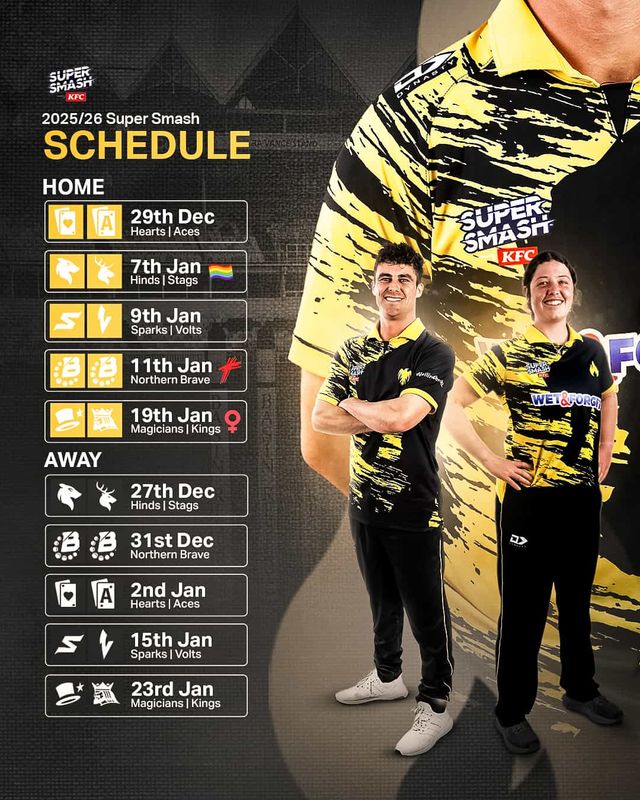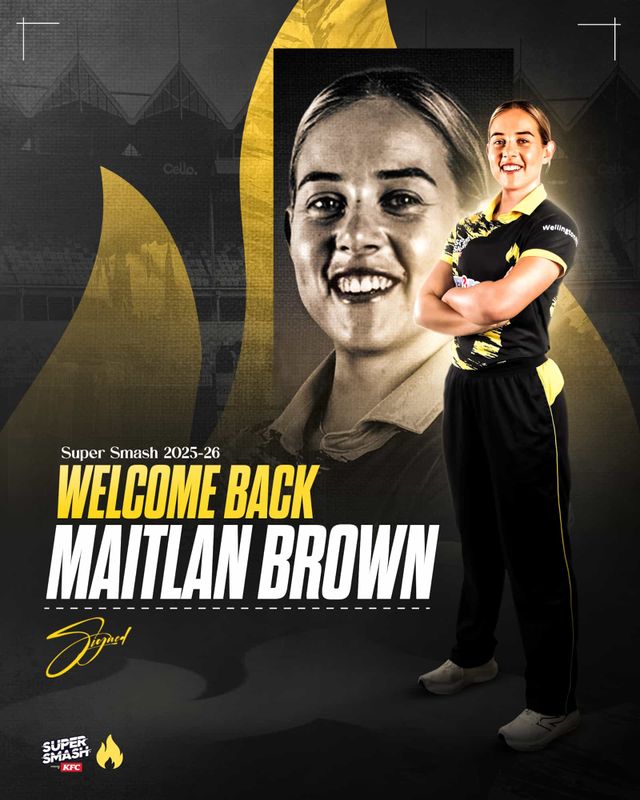Wellington Commuter and Places
-
-
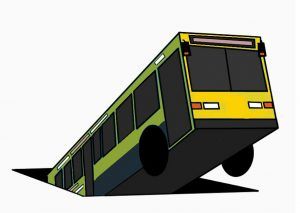
How to Fix a Transport Business Case for Rail – Part 2 Sink the Bus Option BCR
- Wellington Commuter
- The SKM Stage 3 Report recommended keeping the Johnsonville Line because no bus Scenario had a better Benefit Cost Ratio (BCR) But the SKM Stage 3 Report included tens of millions in costs in the Bus-On-Street that were not required to implement this Scenario Including these costs hid that the Bus-On-Street Scenario had the best BCR This is the 3rd in this series of posts on “How to Fix a Transport Business Case for Rail” and it is recommended that the introduction post, The North Wellington Public Transport Study (2006) and then How to Fix a Transport Business Case for Rail – Part 1 Jack Up the Rail Option BCR are read first to provide context.… Read more ...
- Accepted from Wellington Commuter feed by feedreader
- Tagged as:
- johnsonville
-
-
-
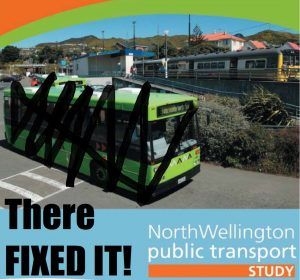
How to Fix a Transport Business Case for Rail – Part 3 Fixing the Transport Model to favour the Rail Option
- Wellington Commuter
- The SKM Stage 3 Report recommended keeping the Johnsonville Line because it had fixed cost and benefit figures to hide that its modelling showed the Bus-On-Street Scenario was the best performing option.
- Accepted from Wellington Commuter feed by feedreader
- Tagged as:
- johnsonville
-
-
-

How to Fix a Transport Business Case for Rail – Part 4 Bait and Switch – Change the Decision for Rail Later
- Wellington Commuter
- In 2006, the SKM Stage 3 Report recommended a Do Minimum “Base Case” based on replacing the old English Electric EMUs with refurbished Ganz-Mavag EMUs. In 2010, the GWRC then announced that new Matangi EMUs would operate on the Johnsonville Line.… Read more ...
- Accepted from Wellington Commuter feed by feedreader
- Tagged as:
- johnsonville
- matangi-trains
-
-
-
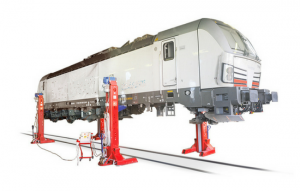
How to Fix a Transport Business Case for Rail – Part 1 Jack Up the Rail Option BCR
- Wellington Commuter
- The SKM Stage 3 Report recommended keeping the Johnsonville Line because no bus Scenario had a better Benefit Cost Ratio But the SKM Stage 3 Report recommended “Base Case” excluded the cost of buying any replacement EMU trains and other costs as well Excluding these costs hid that the Bus-On-Street Scenario had the best Benefit Cost Ratio This post follows The North Wellington Public Transport Study (2006) which is the introduction this series of posts on “How to Fix a Transport Business Case for Rail” and will focus on how the “Do Minimum” Rail Base Case Benefit Cost Ratio was fixed in the SKM Stage 3 Report to help it come first.… Read more ...
- Accepted from Wellington Commuter feed by feedreader
- Tagged as:
- johnsonville
- trains
-
-
-

Wellington City and Lower Hutt Cheated by Public Transport Rates
- Wellington Commuter
- * Understanding the funding of bus and rail services is an essential part of understanding the value of spending $301M on bus and rail services to different parts of the Wellington Region * Greater Wellington Regional Council (GWRC) collects about $70M in Transport Rates to help make up the difference between fares and bus/rail costs – but not all ratepayers are being charged equally.
- Accepted from Wellington Commuter feed by tonytw1
- Tagged as:
- lower-hutt
- fares
Lower Hutt, Lower Hutt City, Wellington, 5010, New Zealand (OpenStreetMap)
-
-
-
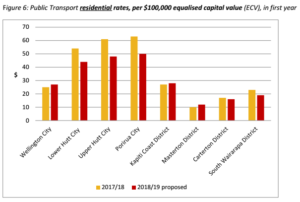
Winners and losers from the Change in the GWRC Transport Rate
- Wellington Commuter
- The GWRC is changing how the Transport Rates that fund the regions PT service is allocated to ratepayers. They claim that this change means “Hutt Valley, South Wairarapa and Porirua pay a bit less toward public transport than they do now, while residents in Wellington city, Kāpiti and Masterton pay a bit more”.… Read more ...
- Accepted from Wellington Commuter feed by tonytw1
- Tagged as:
- hutt-valley
- porirua
- wairarapa
Porirua, Wellington Region, New Zealand (OpenStreetMap)
-
